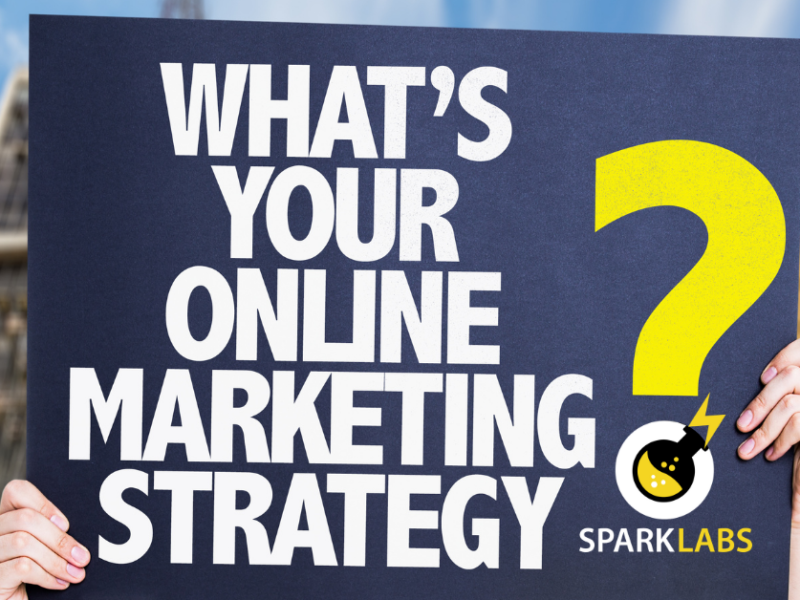
Email Should Lead the Pack on All-in-One Marketing Platforms
Email Should Lead the Pack on All-in-One Marketing Platforms https://csuiteold.c-suitenetwork.com/wp-content/uploads/2016/06/Ryan-Phelan_500x500.png 500 500 C-Suite Network https://csuiteold.c-suitenetwork.com/wp-content/uploads/2016/06/Ryan-Phelan_500x500.pngBy: Ryan Phelan, Vice President of Marketing Insights, Adestra Inc.
At a recent conference, I talked with a marketer whose company sends marketing emails through an all-in-one platform.
“Why do you do that?” I asked.
“Because it’s part of the marketing automation package we bought,” he replied. “It’s all part of one platform.”
“Is it doing what you need?” said I.
“No, but it’s all connected, so I have to use it,” he answered.
I’ve had this conversation many times before thanks to a trend among companies to consolidate their marketing services through an all-in-one platform for email marketing, lead nurturing, B2B or B2C marketing.
I can understand the appeal of having one dashboard to manage instead of five or six – one platform to rule them all, so to speak. I use a brand-name platform myself for lead management and nurturing, but I stick with Adestra for my email needs because the platform’s email module doesn’t have the deliverability management, reporting and ease of use that I love about Adestra. It also integrates just fine with my platform. So, it’s a win-win for me.
Marketers tell me they look at single-platform providers because they need to work with tools that are integrated. However, many all-in-one platforms still have integration issues, meaning you still have to perform some functions manually.
Down side of one-size-fits-all marketing platforms
All-in-one platforms are usually made up of technology from companies the big cloud providers acquired and then assembled into a platform.
It might have an email module you can use to send messages, but it’s not necessarily the best-of-breed service an email marketer needs to succeed.
Email marketing is more than just sending email. Does the email module give you detailed, granular reporting? Can you build messages quickly? Does it integrate with your ecommerce and customer-care databases for segmented, triggered and real-time messaging? Who helps out when something goes wrong?
An all-in-one platform takes away your choice of vendors. You end up making your decisions based on the technology the platform provides instead of being able to surround yourself with best-of-breed technologies.
Although omnichannel marketing has broken down the old silos among communication channels, we still do our work in a siloed environment. The tools you need for email marketing are different those for mobile marketing, social, SMS/texting and the web.
Getting back to best of breed
Although analysts and industry pundits had been urging companies to consolidate all of their marketing needs on a single platform, I’m seeing more marketers looking beyond the portfolio and seeking out best-of-breed technology again.
If you use an all-in-one or cloud service, see if the email function is the best email tool on the market or just bolted-on technology. Look under the hood to see if the platform offers true integration that requires no effort or hours from your IT team. Is it the best email tool you can use or just the tool that’s offered?
Email in an all-in-one platform should not be just one tool in a suite of others. It should be the tool. When you’re evaluating vendors, the buying decision should rest not on the suite as a whole but on the quality of the individual tools that make up the suite.
Your marketing landscape is not a straight line with applications scattered all along it. It is a circle with your company in the middle.
If you can’t execute a necessary function, look for a new provider. Looks for the right partnerships outside of the marketing suite. The focus is on integration timelines and scalability.
If you can conquer that, you have a winning solution.






